The State of the Parties
The State of the Parties
The Changing Role of Contemporary American Parties
Seventh Edition
Edited by John C. Green, Daniel J. Coffey, and David B. Cohen
ROWMAN & LITTLEFIELD
Lanham Boulder New York London
Published by Rowman & Littlefield
A wholly owned subsidiary of The Rowman & Littlefield Publishing Group, Inc.
4501 Forbes Boulevard, Suite 200, Lanham, Maryland 20706
www.rowman.com
16 Carlisle Street, London W1D 3BT, United Kingdom
Copyright 2014 by Rowman & Littlefield
All rights reserved. No part of this book may be reproduced in any form or by any electronic or mechanical means, including information storage and retrieval systems, without written permission from the publisher, except by a reviewer who may quote passages in a review.
British Library Cataloguing in Publication Information Available
Library of Congress Cataloging-in-Publication Data
The state of the parties : the changing role of contemporary American parties / edited by John C. Green; Daniel J. Coffey and David B. Cohen. Seventh edition.
pages cm
Includes bibliographical references and index.
ISBN 978-1-4422-2559-6 (cloth : alk. paper) ISBN 978-1-4422-2560-2 (pbk.) ISBN 978-1-4422-2561-9 (electronic) 1. Political partiesUnited States. I. Green, John Clifford, 1953- II. Coffey, Daniel J., 1975- III. Cohen, David B., 1967
JK2261.S824 2014
324.273dc23
2014021327
 The paper used in this publication meets the minimum requirements of American National Standard for Information SciencesPermanence of Paper for Printed Library Materials, ANSI/NISO Z39.48-1992.
The paper used in this publication meets the minimum requirements of American National Standard for Information SciencesPermanence of Paper for Printed Library Materials, ANSI/NISO Z39.48-1992.
Printed in the United States of America
Contents
Contents
Acknowledgments
T he research effort that produced this book is the product of more than two decades of scholarship. The first edition originated from research coordinated in 1993 at the Ray C. Bliss Institute of Applied Politics on the changing role of political parties in American politics. The second edition reflected the impact of the 1994 elections, while the third through sixth editions reported further changes after the 1996, 2000, 2004, and 2008 elections, respectively. The present, seventh edition considers the impact of the 2012 election and subsequent events.
From the beginning of this effort, our goal has been to bring together party scholars from around the nation to discuss the state of American party politics and new avenues of research. On each occasion, we have been privileged to field a dream team of contributors, and although the roster has differed each time, the team for this edition is just as strong, including a mix of veteran and emerging scholars. We are deeply grateful for their participation. Taken together, the chapters in this volume offer insight into the state of the parties now that the twenty-first century is a decade old.
The development of this volume was greatly aided by the staff of the Bliss Institute. Janet Lykes Bolois was not only instrumental in compiling the chapters and managing the layout but has also honed the unique skill of putting up with the editorsno simple task, to be sure. In addition, we would like to thank Janet, Jenni Fitzgerald, and our other colleagues for their help with the 2013 State of the Parties conference, where these papers were first presented. As in the past, we owe a debt of thanks to Jon Sisk, Benjamin Verdi, and their associates at Rowman & Littlefield. Finally, we would be remiss if we did not acknowledge our families, principally Mary Coffey, Dawn Cohen, and Lynn Green. Without their unwavering support and encouragement, The State of the Parties would not have been possible.
The State of the Parties
Change and Continuity in 2012
Daniel J. Coffey, David B. Cohen, and John C. Green
O n November 4, 2010, Republicans won 63 seats in the U.S. House of Representatives and picked up six Senate seats. Two years later, President Barack Obama won reelection, defeating Governor Mitt Romney. The first term of the Obama era revealed that the intensely competitive balance between the two political parties has become a defining feature of American politics.
Political parties are as central to the operation of American government as they have ever been. The parties have adapted with remarkable agility to a new social and economic environment in ways that other social and economic institutionsnewspapers, television networks, record labels, bookstoreshave not. This is in part because American political parties are composed of networks of activists, donors, and the general public. The parties, centuries-old institutions, are structured in such a way that new candidates, new movements, and new ideas are allowed to find a place, reinvigorating the parties themselves. Combined with ideological polarization, the parties assemble armies of supporters every two years, with the outcome of national elections often depending upon which party is better able to mobilize its supporters.
This collection of chapters is the seventh in a series that assesses the state of the parties after a presidential election (Shea and Green 1994; Green and Shea 1996; 1999; Green and Farmer 2003; Green and Coffey 2007; 2011). In this volume, a group of prominent and emerging scholars examines the state of the parties from a variety of perspectives. These chapters reveal American political parties to be vibrant and dynamic institutions, central to all aspects of politics in a functioning democracy, and worthy of special study in their own right. But before turning to these chapters, a brief review of the years leading up to the 2012 election is in order.
The 2012 Presidential Campaign
Similar to 1980, 1992, and 2004, the 2012 election was in many ways typical of a somewhat weakened incumbent seeking reelection. In these previous cases, a fragile economy saddled the incumbent administration with low approval ratings and a rocky first term. While we describe the events of the primary season and campaign more in depth below, it is important to keep in mind a point made by journalist Tim Murphy about the media coverage of the presidential election: the term game-changing was applied to dozens of moments in the 2012 election (Vavrek and Sides 2013, 1). In reality, in an environment of intense polarization and well-funded campaigns using ever-more sophisticated mobilization techniques, the effect of the campaign was largely a case of what political scientists refer to as activation, and the outcome largely was decided by what are referred to as fundamental factors, such as the state of the economy. There were many important events in the 2012 campaign, but structural forces exert a strong influence on election outcomes.
The political landscape had changed quite dramatically since Obamas first election in 2008. In that election, Democrats had cemented their control of Congress. The Great Recessions full impact, while driving Obamas election, would not be felt until 2009 and 2010. Obama began his presidency with hopes that political polarization might subside. Unfortunately, administration promises that the American Recovery and Reinvestment Act of 2009 (the fiscal stimulus), totaling over $800 billion, would lower unemployment to 7.8 percent by the end of 2009 were not fulfilled (McCullagh 2009). Instead, unemployment rose from 6.8 percent in November of 2008 until hitting a high of 10 percent in October of 2009, the highest since the severe (but short) recession of 1982. Unemployment would stay above 8 percent for almost the entire first term, the longest stretch of unemployment at that level since the Great Depression.
In this context, the Tea Party movement was born. Similar to the Ross Perotinspired Reform Party movement of the 1990s, the Tea Party movement was motivated by a concern about burgeoning debt and deficits. The U.S. federal budget deficit rose from $161 billion in 2007 to $1.4 trillion in 2009 and would stay over $1 trillion for most of Obamas first term. The Obama administration was caught between a rock and hard place. The sharp increase in federal spending and deficits helped spark the Tea Party movement. On the other hand, the danger of spending too little could lead the economy back into a crisis. Indeed, austerity measures enacted in Europe weakened the European recovery, and some economists, including Noble Laureate Joseph Stiglitz, warned that government spending was too small to fend off the rapidly deepening recession (Heath and Salamat 2010).
Next page
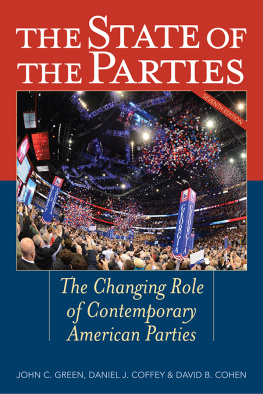
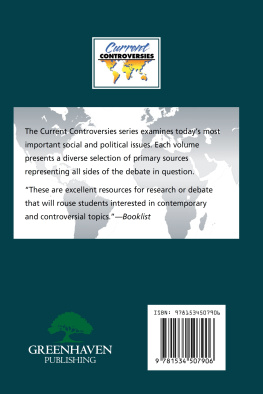

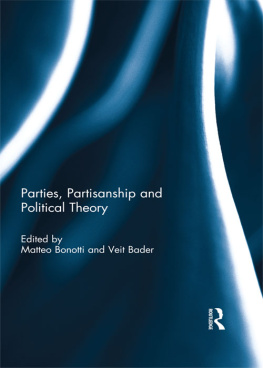
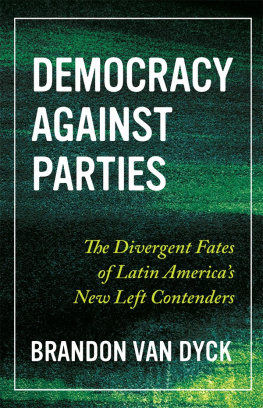

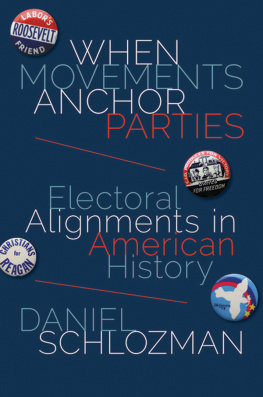
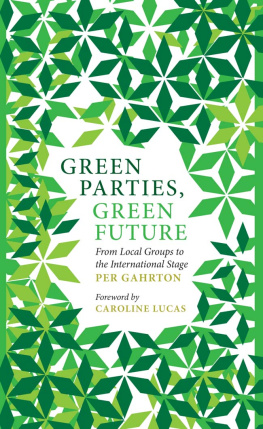

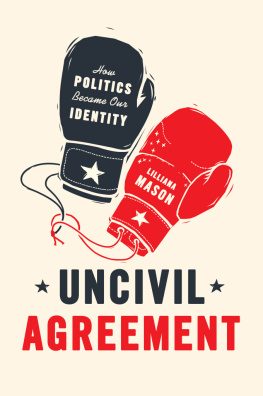
 The paper used in this publication meets the minimum requirements of American National Standard for Information SciencesPermanence of Paper for Printed Library Materials, ANSI/NISO Z39.48-1992.
The paper used in this publication meets the minimum requirements of American National Standard for Information SciencesPermanence of Paper for Printed Library Materials, ANSI/NISO Z39.48-1992.